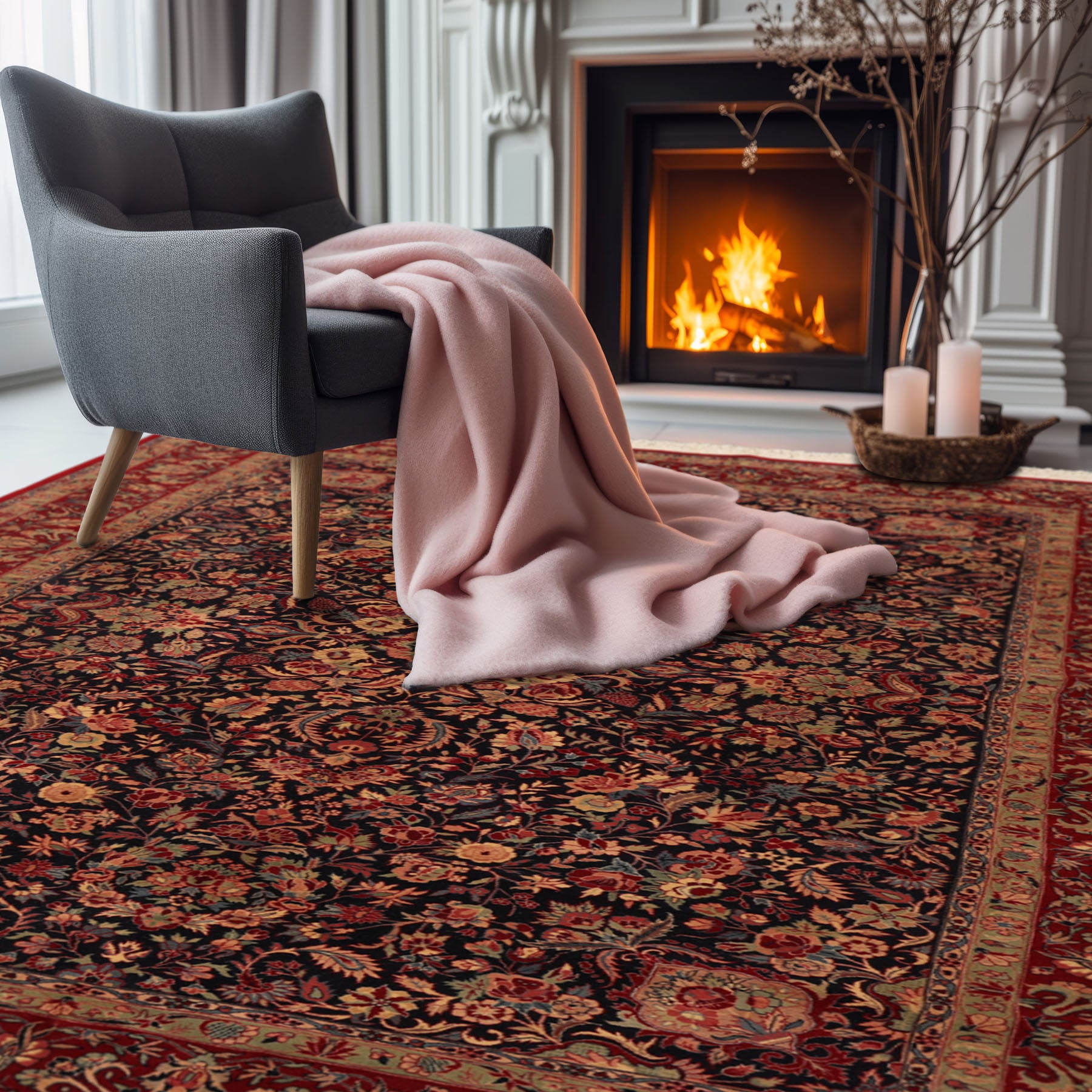







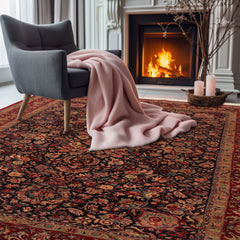
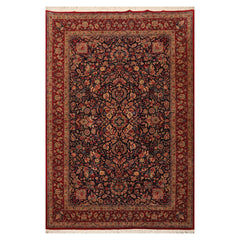
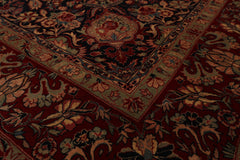
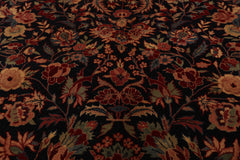




5'11" x 9' Hand Knotted Wool 300 KPSI Sarouk Oriental Area Rug Midnight Blue
- $6,249.98
$18,749.94- $6,249.98
- Unit price
- per
- Exact Size: 5'11"x9
- Weave: Hand Knotted Rug
- Yarn: 100% Wool
- Color: Midnight Blue, Red, Green, Blue, Rust, Light Gold, Multi
- Origin: Iran
- Pile Height: 0.50 inch
- Condition: New
- Condition Description: New with tag
- Rug#: AOR16075
- Kpsi: 300
Story Behind the Art : Rugs with certain designs woven in Arak, surrounding villages, and the plains of Farahan in Iran are designated as Sarouks within the rug trade. Nineteenth-century rugs of this area often employed an all-over design of the Herati or Gul Hennai patterns. These were woven with about 100 asymmetric knots per square inch on a cotton foundation. In the late nineteenth century, factory rugs were woven in imitation of Tabriz models, using floral medallions. The medallion design was dominant until after the First World War, when Sarouk rugs were woven with detached floral sprays. This design was extraordinarily popular. Currently, Sarouk designs of detached floral sprays are used in rugs woven in India, Romania, and China.
Related Products
- $6,249.98
$18,749.94- $6,249.98
- Unit price
- per
- $6,249.98
$18,749.94- $6,249.98
- Unit price
- per
- $6,249.98
$18,749.94- $6,249.98
- Unit price
- per
- $6,249.98
$18,749.94- $6,249.98
- Unit price
- per
- $6,249.98
$18,749.94- $6,249.98
- Unit price
- per
- $6,249.98
$18,749.94- $6,249.98
- Unit price
- per
- $6,249.98
$18,749.94- $6,249.98
- Unit price
- per
- $6,249.98
$18,749.94- $6,249.98
- Unit price
- per
- $6,249.98
$18,749.94- $6,249.98
- Unit price
- per
- $6,249.98
$18,749.94- $6,249.98
- Unit price
- per
- Choosing a selection results in a full page refresh.

